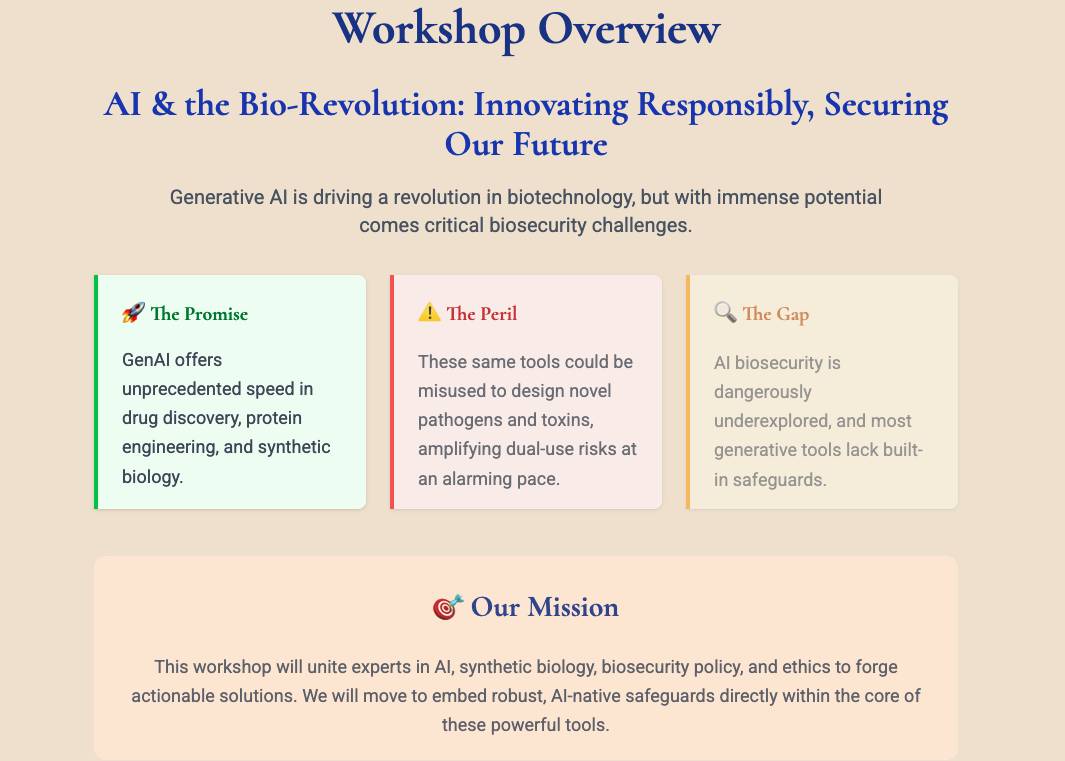Appalachian Figures A Bell County Son in a Global War In the spring of 1945, a balding American colonel sat behind a desk in war torn Europe, his uniform crowded with campaign ribbons. In photographs from the period, Francis Pickens Miller looks more professor than warrior, a calm eyed Southerner who had somehow washed up in the middle of the secret war against Hitler.
Publicaciones de Rogue Scholar
Appalachian Figures Every time someone taps a phone screen in Bell County, punches an order into a fast food kiosk in Harlan, or checks out at a self service register in Lexington, a quiet piece of Appalachian history flickers to life. The resistive touch technology that made early touch screens practical around the world grew from the mind of a farm boy from Ponza in Bell County, Kentucky, named George Samuel Hurst.
Appalachian Figures A coal miner, ballad singer, and union man from Martin County Eastern Kentucky and southern West Virginia produced thousands of coal miners. Very few left as much of their own voice behind as Nimrod Workman. Born in Martin County in 1895, he spent more than four decades in the mines of Mingo County, West Virginia, before black lung and a damaged back forced him to quit underground work.
Appalachian Figures A Bell County boy in a world of blue water Bell County is usually associated with coal seams, timber, and the tight bend of the Cumberland River under Pine Mountain. Yet one of the most influential American naval aviators of the twentieth century first opened his eyes in that narrow valley. John Madison Hoskins was born in Pineville on 22 October 1898, the youngest of six children of Thomas Jefferson and Lucy Renfro Hoskins.

The Open Bioinformatics Foundation (OBF) Event Fellowship program aims to promote diverse participation at events promoting open-source bioinformatics software development and open science practices in the biological research community.
Appalachian Figures “Charlie” from Mary Helen Charles W. “Charlie” Berger was born in Harlan on January 12, 1936, the son of Benjamin Southard Berger and Rebecca Ethington Berger, and grew up in the Mary Helen coal camp at Coalgood. In that company town he absorbed the social world he would later represent: union men and coal operators, courthouse politicos and Green Dragon athletes, Baptist pews and hunting buddies scattered up the
Appalachian Figures Series When Judge Andrew Jackson Kirk died at his home in Paintsville on the night of 25 May 1933, the Big Sandy News told its readers that his life had been “interwoven with the very fiber of life in this section of the state.” For nearly half a century he stood at the center of eastern Kentucky’s legal and political world.
Appalachian Figures On the courthouse square at Pineville, the brick façades and tight mountain valley feel a long way from Addis Ababa or Riyadh.

The mass distribution of dark matter halos that we infer from observations tells us where the dark matter needs to be now. This differs form the mass distribution it had to start, as it gets altered by the process of galaxy formation. It is the primordial distribution that dark matter-only simulations predict most robustly.

por Alicia Salmerón Rosendo Pineda, personaje considerado por el historiador Daniel Cosío Villegas como “uno de los mejores animales políticos que se han dado en México”, fue un joven abogado de Oaxaca –juchiteco–, llegado a la ciudad de México en 1880, como diputado federal recién electo por su estado natal.

Accepted papers from the NeurIPS 2025 Workshop on Biosecurity Safeguards for Generative AI (BioSafe GenAI 2025)